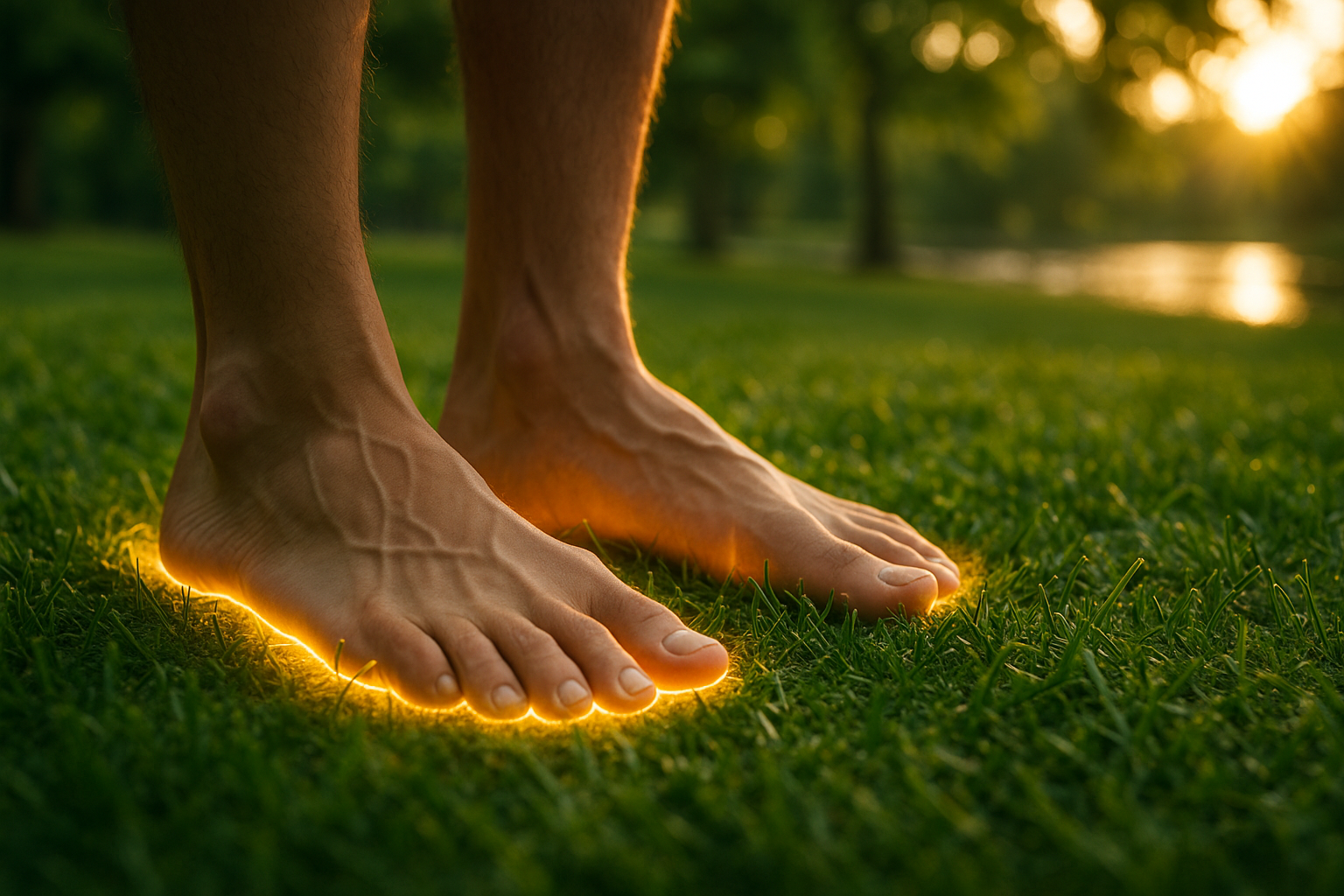Unveiling the Health Potential of Grounding: Harnessing Earth's Energy for Wellness
Have you ever wondered why a barefoot walk on the beach or a stroll in the park feels so rejuvenating? What if the answer lies beneath our feet? Grounding, also known as Earthing, is an emerging wellness trend that explores the health benefits of reconnecting with the Earth's natural electric energy. Let's dive into the fascinating science behind this practice and understand how it can influence our health and well-being.

Understanding Grounding: A Walk Through History
Grounding is not a new concept; it dates back to ancient civilizations. Indigenous cultures across the world have long revered the Earth as a source of healing and life, incorporating barefoot practices in their daily routines and spiritual rituals. However, modern-day grounding is a relatively recent development. In the late 20th century, Clinton Ober, a retired cable TV executive, theorized the potential health benefits of Earthing, sparking scientific curiosity and research.
Grounding in Today’s Health Landscape
Today, grounding is gaining recognition as a holistic health approach, backed by research and scientific evidence. Studies suggest that grounding can help reduce inflammation, improve sleep, relieve stress, and enhance overall well-being. The theory behind these benefits is that the Earth’s surface carries a negative charge. When we make direct contact with it, we absorb these negative ions, which can neutralize harmful free radicals in our body.
The Science Behind Grounding: Truth or Myth?
While grounding is fascinating, it’s important to consider its scientific credibility. A growing body of research supports the potential benefits of grounding. A study published in the Journal of Environmental and Public Health reported improved sleep and reduced pain in subjects who used grounding mats. Another study in the Journal of Inflammation Research showed that grounding could decrease inflammation and improve wound healing. However, more comprehensive research is needed to fully understand and confirm the breadth of grounding’s health effects.
Grounding in Practice: Benefits and Challenges
Incorporating grounding into daily life can be as simple as walking barefoot in the grass, gardening, or swimming in the ocean. Grounding products, like mats and sheets, are also available for indoor use. However, it’s crucial to approach grounding with an open mind and understand its limitations. Grounding is not a cure-all solution but a complement to a balanced lifestyle and conventional medical care.
Grounding at a Glance: Key Insights
-
Grounding, or Earthing, involves making direct contact with the Earth’s surface to harness its natural electric energy.
-
Research suggests grounding can help reduce inflammation, improve sleep, and enhance overall well-being.
-
Grounding can be easily incorporated into daily life through activities like walking barefoot in the grass, gardening, or using grounding products.
Wrapping Up: Embracing Earth’s Energy for Wellness
As we navigate our fast-paced, technology-driven world, grounding offers us a chance to slow down and reconnect with nature. This practice reminds us of our inherent relationship with the Earth and its potential to influence our health and well-being. The science behind grounding is still evolving, but the current evidence suggests promising benefits. As with any wellness practice, it’s important to approach grounding with a balanced view, recognizing its potential and limitations. So, why not take a barefoot walk in the park and experience the power of Earth’s energy?






